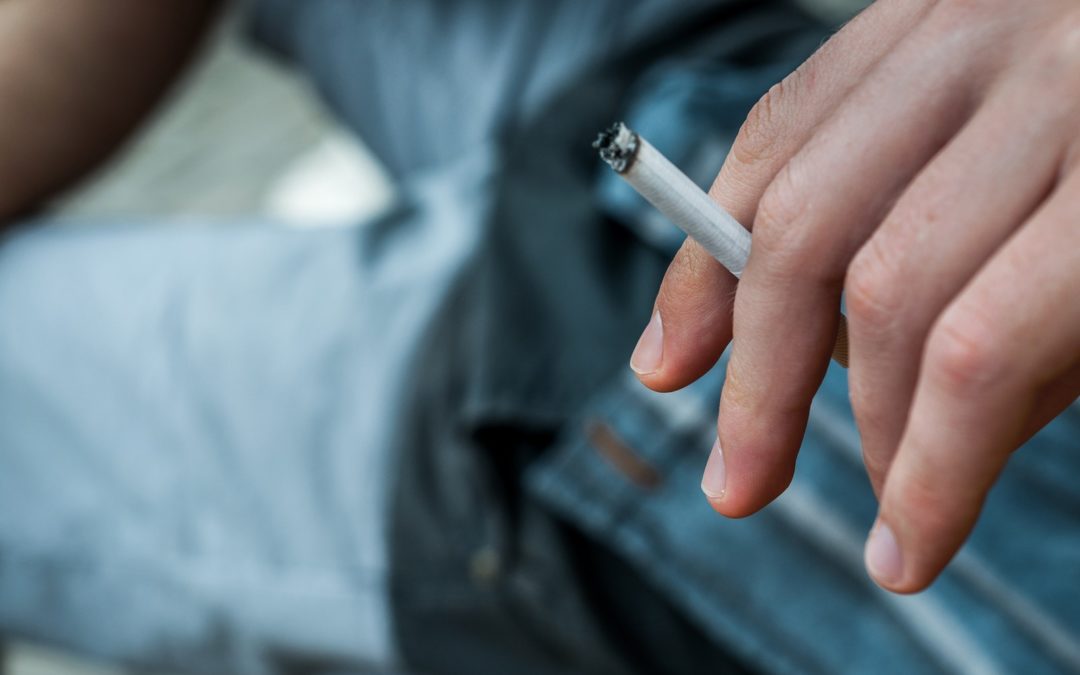Fentanyl is an incredibly potent synthetic opioid. It is 50 to 100 times stronger than morphine. Fentanyl has legitimate medical uses, as it was originally developed for pain management. However, because of its powerful properties and effects, fentanyl has high abuse potential.
Outside of medical settings, fentanyl is often mixed or cut with other illicitly manufactured street drugs to increase drug potency. It is essential to understand that a lethal dose of fentanyl is equivalent to four grains of sand. Because of this, fentanyl often contributes to unintentional drug overdose deaths.
How Is Fentanyl Used?
Fentanyl, in medical settings, is typically given in a shot or patch that adheres to the skin. It can also be taken in lozenge form, like cough drops. Illegal fentanyl tends to be sold as a powder that goes into eye droppers or pills which are made to look like legitimate prescriptions.
It’s not uncommon for the powder to be mixed in with cocaine, heroin, or methamphetamine. For illicit drug manufacturers, it’s cheaper to mass-produce recreational drugs by mixing them with fentanyl. Most people that consume illicit opioids do not realize the likeliness of their drug being cut with other substances such as fentanyl. As a result, they are unknowingly increasing their risk of overdose.
How Does Fentanyl Affect the Brain?
Similar to other recreational drugs, fentanyl binds to opioid receptors in the body, which are found in the part of the brain that controls emotions and responses to pain. The brain will adapt to the drug with continued use, which reduces the drug’s effects over time. In turn, an individual will have difficulties experiencing pleasure from anything other than the drug and may start to consume drugs in larger quantities. This is the beginning of drug addiction.
The effects of fentanyl include:
- Extreme euphoria
- Fatigue
- Nausea
- Confusion
- Constipation
- Sedation or unconsciousness
- Difficulty breathing
Overdosing On Fentanyl
Most cases of overdose and death from synthetic opioids involve fentanyl. Every day, nearly 150 people die from overdosing on synthetic drugs. Fentanyl can not be detected through sight, taste, or smell. Instead, fentanyl must be detected through drug test strips. Test strips are inexpensive and can provide results in under five minutes. However, a negative test result does not necessarily mean that a drug is pure or safe. Overdose is still possible without any presence of fentanyl.
Signs of a Fentanyl Overdose
The following signs could indicate a dangerous overdose of fentanyl:
- Tiny pupils, otherwise called known as pinpoint pupils
- Loss of consciousness, even if it appears like falling asleep
- Weakened or difficulty breathing
- Choking or making gurgling noises
- Limpness of limbs
- Clammy, cool skin
- Discolored fingernails, lips, and skin
What Do I Do if Someone Is Experiencing a Fentanyl Overdose?
Sometimes the effects of a drug can mimic overdose symptoms. However, it’s always better to be safe than sorry. Call 911 immediately if someone is experiencing a combination of the symptoms above. Try to keep them awake. Lay them on their side so they don’t choke. Stay with them until help arrives.
Sometimes people are reluctant to call for help out of fear of getting in trouble if they, too were using drugs. However, most states have laws to protect both the person who overdosed and the person who overdosed from getting into legal trouble. In this instance, saving a life is the utmost priority.
How Is a Fentanyl Overdose Treated?
The treatment of fentanyl overdose will depend on the form in which it was taken since many drug dealers will mix it with other substances such as heroin or cocaine. This can make it difficult for medical staff to know which drug is causing the overdose. Fortunately, naloxone is a treatment that can be used for many overdoses. It comes in the form of a nasal spray or injection.
If used right away, naloxone is very effective in connecting with opioid receptors to block the effects of harmful drugs. However, fentanyl is stronger than other opioids, so multiple doses of naloxone may be needed. That’s why quick intervention is crucial if you suspect that someone has overdosed on fentanyl. Anyone who is given this treatment should be monitored for a few hours to ensure that their breathing remains normal.
Some states prohibit naloxone without a prescription. However, it’s more like to access naloxone as a nasal spray. If you have a loved one who regularly uses dangerous drugs, this could be an important tool to have in the event of an emergency. There are online treatment resources that will send you naloxone free of charge after completing a short course on how to administer the drug.
Recreational drug use is dangerous enough. However, the likeliness of recreational drugs being laced with fentanyl is increasing every day. If you or someone you love is struggling with substance abuse, please seek help right away. Consider carrying a nasal form of naloxone in the event of an emergency. For teens and young adults struggling with drug use, Clearfork Academy is here to help. We offer a variety of services and treatments, including detox, residential treatments, intensive outpatient treatments, and summer programs. Our licensed staff is uniquely equipped to help young men, ages 13 to 17, struggling with substance abuse. Our treatment methods address both physical and mental conditions that contribute to underlying causes of drug use, complete with a spiritual angle. The combination of therapy, medication, and healthier coping mechanisms can help your teen live a healthier life. To learn more, call us today at (817) 259-2597.

Founder & CEO
Originally from the Saginaw, Eagle Mountain area, Austin Davis earned a Bachelor of Science in Pastoral Ministry from Lee University in Cleveland, TN and a Master of Arts in Counseling from The Church of God Theological Seminary. He then went on to become a Licensed Professional Counselor-Supervisor in the State of Texas.
Austin’s professional history includes both local church ministry and clinical counseling. At a young age, he began serving youth at the local church in various capacities which led to clinical training and education. Austin gained a vast knowledge of mental health disorders while working in state and public mental health hospitals. This is where he was exposed to almost every type of diagnosis and carries this experience into the daily treatment.
Austin’s longtime passion is Clearfork Academy, a christ-centered residential facility focused on mental health and substance abuse. He finds joy and fulfillment working with “difficult” clients that challenge his heart and clinical skill set. It is his hope and desire that each resident that passes through Clearfork Academy will be one step closer to their created design.
Austin’s greatest pleasures in life are being a husband to his wife, and a father to his growing children. He serves at his local church by playing guitar, speaking and helping with tech arts. Austin also enjoys being physically active, reading, woodworking, and music.




